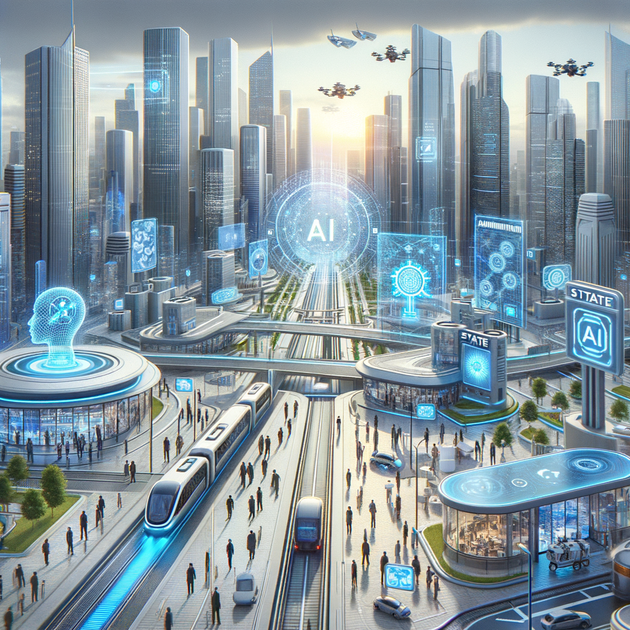How Governments Are Revolutionizing AI Development Platforms

By the AI Trends Editorial Team
The Need for a Robust AI Infrastructure
Artificial Intelligence (AI) is rapidly transforming various sectors, and government activities are no exception. The US Army, spearheaded by its AI Integration Center, is leading a digital modernization effort. Their approach is heavily influenced by the AI stack defined by Carnegie Mellon University, aimed at making their AI development platform both agile and scalable.

The Pillars of AI Transformation
Digital Modernization Beyond Legacy Systems
Isaac Faber, Chief Data Scientist at the US Army AI Integration Center, underscores the complexity of moving from legacy systems to a fully modernized digital environment. According to Faber, the platform’s middle layer is crucial for this transition, enabling seamless movement across different computing environments.
Combining Ethics with Innovation
Ethical considerations are integrated at every level of the AI stack. This holistic approach ensures that as we plan, model, and implement AI solutions, we also address ethical implications. Faber emphasizes the creation of development environments for a globally-distributed workforce to foster collaboration and innovation.
Concrete Steps for Building an AI Development Platform
The Army’s Common Operating Environment Software (Coes) platform, initiated in 2017, stands as a testament to their progressive approach. Designed for Department of Defense (DoD) work, it promises scalability, agility, and modularity. The collaborative effort with Carnegie Mellon University and private companies like Visimo ensures broad applicability for AI projects.
Example: Visimo, a Pennsylvania-based company, collaborates with the Army to offer bespoke AI development services. Such partnerships provide flexibility and specialized solutions rather than relying on off-the-shelf products unsuitable for DoD networks.
Workforce Development in AI
AI is a team effort, requiring skilled individuals across all levels—from leadership to technical staff. The Army’s workforce development initiatives include training for general software development, operational data science, analytics deployment, and machine learning operations.
Challenges and Considerations in AI Implementation
From Data Engineering to Deployment
AI development involves solving three distinct yet interconnected challenges: data engineering, development, and deployment. Faber’s advice is clear: focus on addressing the “green bubble” issue (AI development platform) only when there is a clear operational need.
Engaging and Educating Executives
One of the most challenging hurdles is helping executives understand the value of AI. Effective communication about the potential and capabilities of AI is crucial for gaining executive buy-in.
Panel Insights: Real-World AI Use Cases and Risks
High-Potential AI Applications
In a discussion moderated by Curt Savoie, experts highlighted various AI use cases. Jean-Charles Lede pointed out that decision advantages at the edge and mission planning in the rear are critical areas. Krista Kinnard emphasized the potential of Natural Language Processing (NLP) in unlocking new opportunities at the Department of Labor.

Risks and Ethical Dilemmas
Anil Chaudhry from the GSA underscored the significant risks involved in AI implementations, such as algorithmic biases and the impact of decisions on large populations. The importance of a robust testing strategy and continuous human involvement was reinforced by all panelists.
Example: Lede from the Air Force discussed the “simulation to real gap” risk, where algorithms trained on simulated data might not accurately map to real-world scenarios. This highlights the essential need for validating AI models.
Explainability in AI
Lede also touched on the need for AI explainability, enabling human operators to interact meaningfully with AI systems. This transparency ensures that AI solutions remain partners rather than opaque decision-makers.
The Future of AI in Government
As governments continue to explore and implement AI technologies, the focus on ethical considerations, robust infrastructure, and inter-agency collaborations will be paramount. By fostering a development environment that accommodates a globally distributed workforce and emphasizes continuous learning, governments are setting a new standard for AI innovation.
